While these reforms will take time to effect significant housing uplift, these changes will deliver hundreds of thousands of well-located, well-designed and well-built homes close to transport, jobs, services and amenity over the coming years.
All advice and industry feedback is that these reforms will have the major impact on housing uplift that our city and state so desperately needs.
Following 12 years of inaction by the former government, annual building completions were behind Victoria’s for three straight years, and building approvals trailed Victoria’s for five years in a row.
The NSW Labor Government has been clear that while building 75,000 new homes off a base of only 48,000 completions in 2022 will be a big challenge, the goal is to meet the states 377,000 housing goal over the 5 years of the accord.
The NSW Government is determined to meet the state’s housing goals under the 5 year housing accord, and it’s the major announcements that the government made only weeks ago that will help get us there.
These reforms include:
- Changes to low to mid rise housing – with the aim to increase capacity for an additional 110,000 homes in well-serviced areas by the end of 2029. A policy Planning Minister Stokes tried to introduce in 2018 that was not supported by his own party.
- Infrastructure contributions reforms – a program designed to ensure supporting infrastructure is aligned to housing delivery, so we don’t end up with suburbs having no schools or sewage systems to support growing communities.
- The Transport Oriented Development (TOD) program, the first of which will deliver state-led rezonings within 1,200 metres of 8 priority transport hubs. The second will deliver a new SEPP to increase the capacity for more mid-rise housing and mixed-use development within 400 metres of 31 other well-located transport hubs and town centres.
- More affordable housing – the introduction of a new bonus Floor Space Ratio (FSR) of up to 30 per cent and a height bonus of up to 30 per cent where a proposal includes a minimum of 15 per cent of the gross floor area (GFA) as affordable housing.
- Transparency – we've committed to publishing performance tables to identify best performing councils and to show the performance of government approval processes as well.
NSW is the best state, in the best country in the world but it’s getting harder for people to move here, to start a family, or start a business. Every step the NSW Government is taking is to help tackle this issue.
Minister for Planning Paul Scully said:
“We are reforming planning rules to support the delivery of thousands of new homes and a pipeline of housing supply into the future, and are determined to meet our housing goals.
“If there’s no supply, there’s no homes for the next generation. The NSW Government is not going to turn their back on housing, it’s a basic need.
“We’ve inherited a confused and confusing planning system from the previous Liberal Government that has delivered the housing crisis that NSW residents are experiencing today.
“I think most fair-minded people will recognise that our reforms are significant and need time to take effect. I think they also recognise that there are many factors that influence housing like interest rates, and access to finance and materials.
“The NSW Government is starting from a long way back but has taken immediate action to turn around housing completions of the incredibly low base of only 48,000 homes delivered in 2022.”


